Tech
Space calendar 2025: Here are the moments you wont want to miss
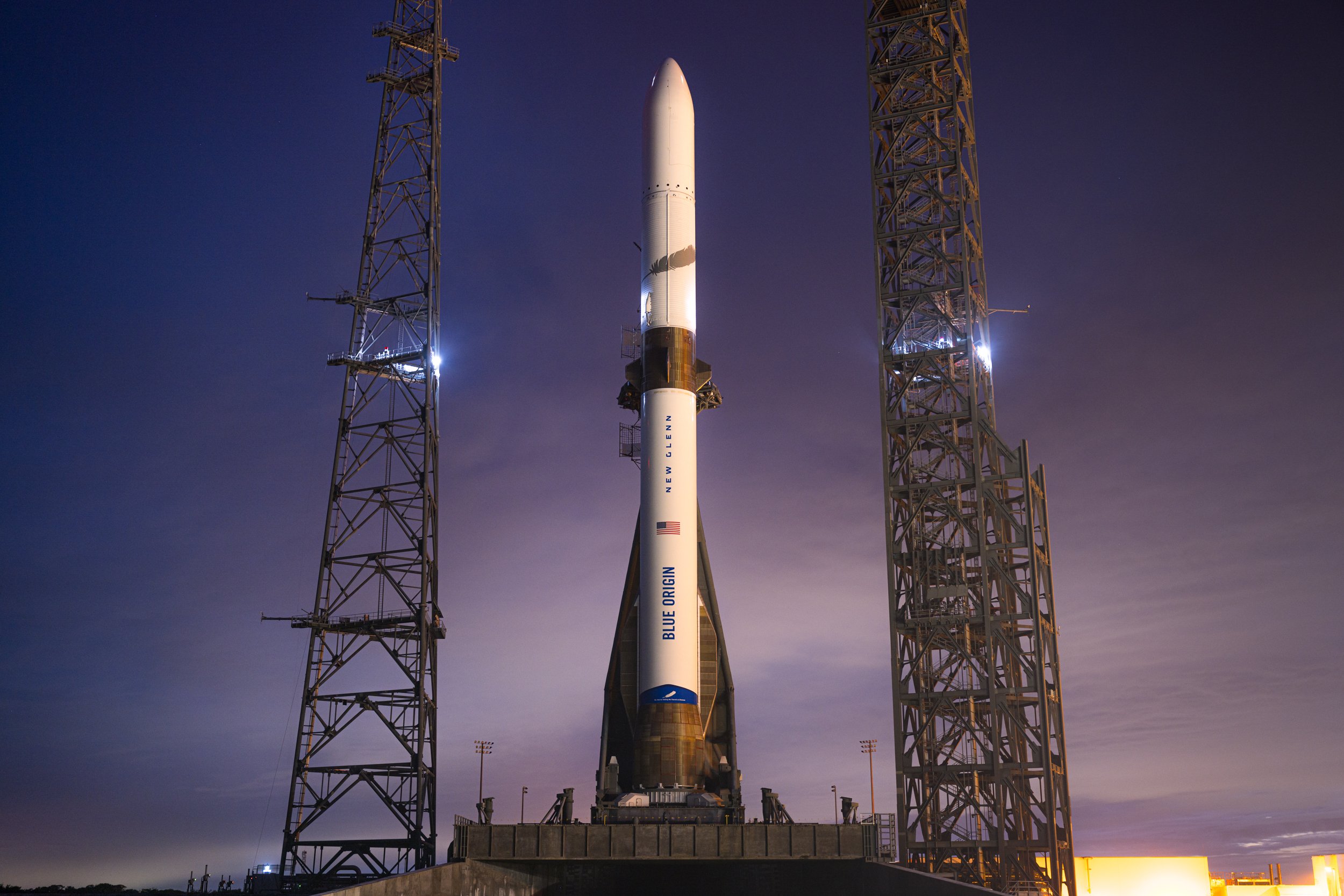
Though 2025 won't mark the return of astronauts into deep space as NASA had hoped, launchpads still will be scorching-hot from a procession of robotic spacecraft attempting to land on the moon.
How many of these moon landings will succeed? Will the number top the two-ish (one of which made a heckuva comeback) last year?
Giant commercial rockets, such as SpaceX's Starship and Blue Origin's New Glenn, will likely also have several uncrewed orbital test launches as they iron out the kinks in their hardware. And while people await scientific missions to distant solar system destinations, a few probes will send home close-up pictures of planets as they snag gravitational boosts from flybys.
Here's a round-up of space missions and cosmic events just around the bend. Bookmark this calendar and look for updates from Mashable throughout the year.
BepiColombo makes final Mercury flyby: Jan. 8
Mercury is the closest planet to the sun, but it's perhaps the most overlooked of the rocky worlds in the solar system. Hot and harder to reach than Saturn, it hasn't enjoyed the level of study that other worlds have.
But BepiColombo, a joint mission of the European and Japanese space agencies, seeks to change that. The spacecraft makes its sixth and final flyby on Jan. 8 before returning to enter orbit around the planet in late 2026. Closest approach will take the spacecraft just 160 miles above the surface of Mercury. Mission controllers will release images of the event on Jan. 9.
Two moon landers on one rocket: Jan. 15
Two small uncrewed spacecraft, one of which is carrying several NASA instruments, will try to land on the moon with a boost from the same rocket.
Both Firefly Aerospace and Japan's ispace will ride a SpaceX Falcon 9 rocket slated to leave Earth as early as 1:11 a.m. ET Jan. 15. Firefly's Blue Ghost lander was originally scheduled to lift off in late 2024, and the launch will mark its maiden voyage. The spacecraft is slated to travel for 45 days before trying to touch down in early March.
Firefly's flight will be the first Commercial Lunar Payload Services mission of the year. The NASA program has recruited vendors from the private sector to help deliver instruments to the moon and send back crucial data.
Ispace's new Hakuto-R mission will be its second try, after it ran out of fuel and crashed on the lunar surface in April 2023. The Resilience lander, a partnership with Japan's space agency JAXA, is taking a long way to the moon to save on fuel, arriving about four to five months after launch.
Blue Origin's first flight for New Glenn: Jan. 16
Amazon founder Jeff Bezos will soon get a chance to see his giant rocket New Glenn launch from Cape Canaveral, Florida.
His aerospace company Blue Origin started a countdown on Jan. 13, but launch controllers waved off the opportunity when a technical issue arose. The company will try again no earlier than Jan. 16, targeting a three-hour launch window that opens at 1 a.m. ET.
Blue Origin's goal is to reach orbit, and the company will also try to land its booster on a barge in the Atlantic Ocean so that it can be reused on future flights, though executives admit doing so would be "ambitious" on the first try.
SpaceX tests upgraded Starship: Jan. 16
SpaceX is preparing to launch another uncrewed Starship test, this time with an upgraded spacecraft and 10 mock satellites to practice a payload deployment in space.
This SpaceX launch would mark the seventh Starship test and feature a reused engine from the booster returned from the fifth test. Weather-related postponements have made it possible that Starship and Blue Origin's New Glenn will lift off for these tests on the same day. Starship's one-hour launch window opens at 4:00 p.m. CT.
NASA moon rover and orbiter delivery: Feb. 26
Intuitive Machines made history last year as the first company to reach the moon intact — though its lander, Odysseus, broke a landing leg and touched down tilted.
The Houston-based company is now gearing up for a second moon landing — this time with the Athena lander. The mission, referred to as IM-2 or PRIME-1, will carry a NASA rover. The spacecraft will test a drill and mass spectrometer, a device that identifies the kinds of particles in a substance. Liftoff is targeted for a four-day launch window that opens no earlier than 7:02 p.m. ET Feb. 26.
Another spacecraft, NASA's Lunar Trailblazer, will also hitch a ride on this flight. The small satellite will orbit the moon to map out the locations of lunar water.
Europa Clipper flies by Mars: Feb. 27
After a successful October 2024 launch, the Europa Clipper spacecraft has been hurtling through space. It's on schedule to make its first flyby of Mars on Feb. 27, where it will get a gravity assist to continue its journey. The craft won't arrive at Europa, one of Jupiter's moons, for its mission until 2030.
Scientists are intrigued by Europa because they believe it could hold double the water held by Earth's oceans. Could this small world in the outer solar system have conditions capable of supporting life? If NASA finds that Europa is a habitable place, a second Europa mission could return to determine if there are indeed any inhabitants.
Launch of new astrophysics observatory: Feb. 28
NASA intends to launch an astrophysics observatory to create a map of the entire sky in 3D. The mission, SPHEREx (Spectro-Photometer for the History of the Universe, Epoch of Reionization and Ices Explorer), will orbit Earth while studying hundreds of millions of stars and galaxies, showing them in 102 invisible "colors."
One of the main goals of the mission is to learn more about cosmic inflation, a brief but crucial phase of the Big Bang that contributed to the universe's expansion. It will launch on a SpaceX Falcon 9 from Vandenberg Space Force Base in California as early as 7:09 p.m. PT on Feb. 28. NASA’s PUNCH (Polarimeter to Unify the Corona and Heliosphere) probe is hitching a ride on the same rocket and will be the first to image the sun’s corona and solar wind together to better understand them as a connected system.
SpaceX tests Starship following explosion: Feb. 28
Coming off the heels of a Starship test that ended in an explosion, SpaceX will try to fly the rocket and empty spacecraft again as early as Feb. 28.
The upcoming launch will be the eighth for Starship and feature several hardware changes following January's mishap. During the previous test, two flashes occurred near one of the ship's engines shortly after booster separation. A post-flight investigation determined that strong vibrations led to fuel leaks that were too much for the ship's vents to handle, leading to fires that eventually triggered the flight termination system.
Firefly attempts moon landing: March 2
Following a successful launch in January, Firefly Aerospace will target a robotic landing in the Mare Crisium region of the moon, an ancient hardened lava flow, at 3:45 a.m. ET on March 2. Prior to descent onto the surface, NASA and Firefly intend to broadcast commentary, starting at 2:30 a.m. ET that morning. However, the broadcast will not include a live video stream of the spacecraft.
"Our available bandwidth will be dedicated to critical descent operations during landing," Firefly officials said on X, formerly called Twitter.
Landing on the moon remains onerous. The moon's exosphere provides virtually no drag to slow a spacecraft down as it approaches the ground. Furthermore, there are no GPS systems on the moon to help guide a craft to its landing spot.
Blue Ghost shared a ride on a SpaceX Falcon 9 rocket with the Japanese company ispace, which will try to land on the moon after a failed attempt in 2023. Its Resilience lander is taking a longer route than Blue Ghost to save on fuel, arriving in May or June.
Intuitive Machines attempts moon landing: March 6
On the heels of Firefly Aerospace's moon landing attempt, competitor space company Intuitive Machines will try to touch down just four days later.
Though neither the company nor NASA has released a specific time yet, the landing is slated for March 6. The company's lander, Athena, will attempt to descend on Mons Mouton, a plateau at the moon's south pole. Befor landing, the spacecraft is expected to orbit the moon for about one week.
European spacecraft Hera flies by Mars: March 12
Back in 2022, NASA deliberately crashed a spacecraft into a harmless asteroid to practice thwarting a space rock, should a hazardous one ever be on a collision course with Earth.
The European Space Agency is providing a follow-up to that test, known as Hera. The mission's spacecraft launched in October 2024 and will rendezvous with Dimorphos, the slammed asteroid, in 2026. But this March, it will also have a quick pop-in with Mars, closest approach at 7:51 a.m. ET, and one of the Red Planet's two moons, Deimos. Mission controllers will use the opportunity to collect data on the Martian moon.
Boeing astronaut crew returns home: mid-March

Credit: Joe Raedle / Getty Images
Two astronauts whose eight-day visit to the International Space Station turned into a more than eight-month layover are expected to return to Earth in March.
NASA astronauts Butch Wilmore and Suni Williams have been waiting for their ride since the space agency decided not to send them home on the spaceship they rode in on. That test vehicle, Boeing's Starliner, landed empty without any problems, but NASA hadn't wanted to risk it after the capsule experienced propulsion issues in space.
The pair was supposed to return in a SpaceX Dragon capsule in February, but NASA announced at the end of 2024 that the flight would likely be pushed back to March. Wilmore and Williams, who were integrated into Crew-9, will fly back to Earth a few days after the next crew arrives at the space station, allowing for a brief hand-off period. Crew-10 could launch from Cape Canaveral, Florida, as early as March 12.
NASA and India join forces on a satellite: March
NASA is teaming up with India's space agency on a mission to study Earth's land and ice.
This mission involves the NISAR satellite, which will scan all of the planet's surfaces twice every 12 days to measure changes. The satellite will launch from the Indian Space Research Organisation's space port, the Satish Dhawan Space Centre, on India's southeastern coast.
Private astronauts fly to ISS: no earlier than spring
Private astronauts will launch to the International Space Station for Axiom Space's fourth such mission. The four crew members are awaiting approval to fly to the orbiting lab and will launch from Cape Canaveral, Florida, no earlier than this spring.
When Axiom flew its first private mission in 2022, it redefined the word "astronaut." For decades, that title was reserved for government space pilots and crew. More recently, uber-rich space tourists earned the distinction by breaching Earth's atmosphere. But with Axiom's private mission came a third possible description: Someone privately trained and sent into space to perform commercial scientific research. Axiom crews receive 750 to over 1,000 hours of training.
Twin spacecraft go to Mars: no earlier than spring
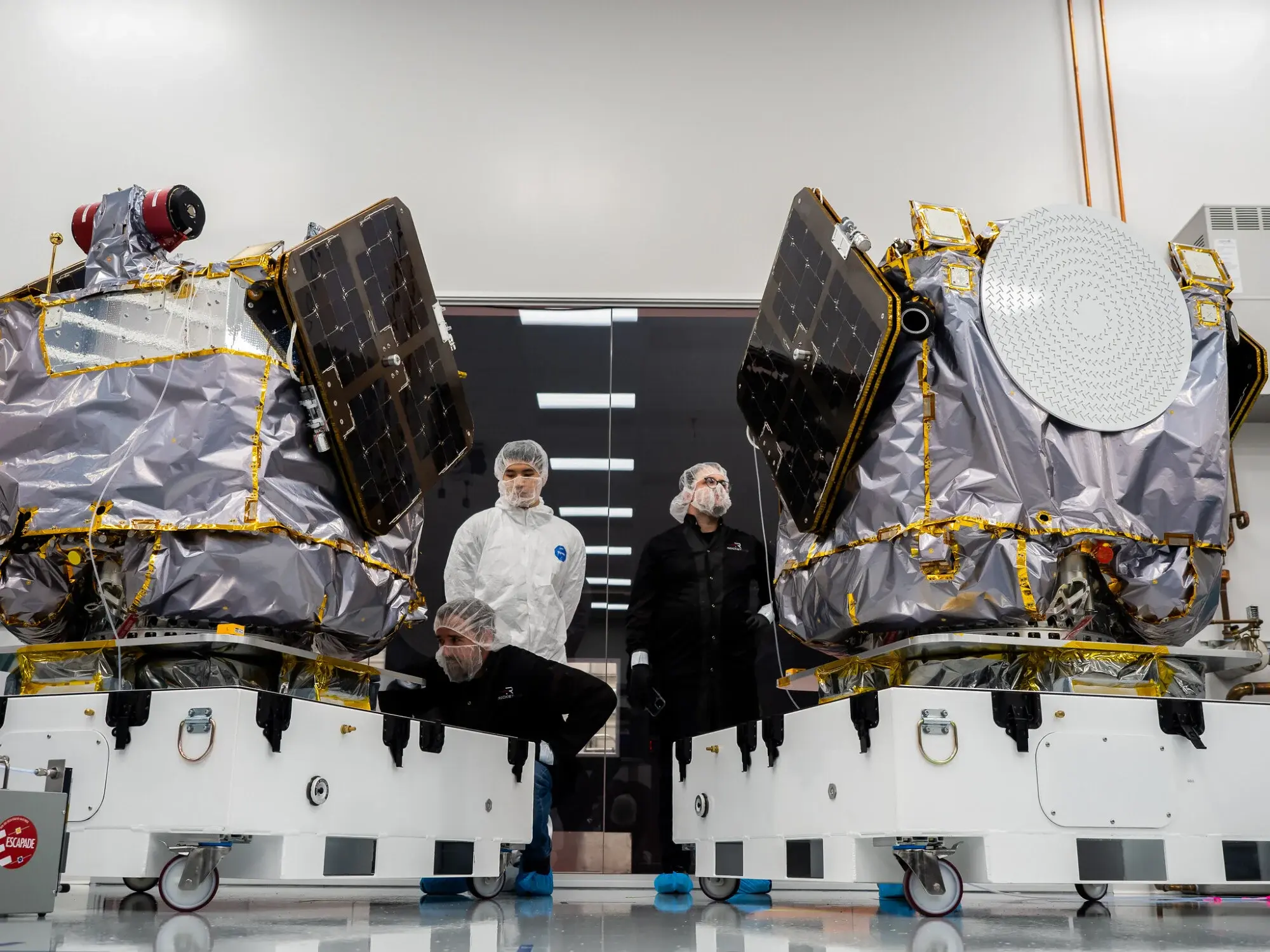
Credit: Rocket Lab
A NASA-funded science mission seeks to get to the bottom of how solar radiation strips away the tattered Martian atmosphere. Called Escapade, the mission will involve two Mars orbiters built by Rocket Lab.
The flight was previously scheduled for October aboard Blue Origin's New Glenn rocket, which would have been its first launch. But, as rockets are wont to do, the inaugural flight was delayed. NASA and Blue Origin are now in talks for a new launch date for that mission, no earlier than spring 2025.
Lucy spacecraft flies by asteroid: April 20
NASA launched the Lucy spacecraft on a grand 12-year asteroid tour last fall with plans to fly by several space rocks that share Jupiter’s orbit. On April 20, Lucy will encounter a small main-belt asteroid, Donaldjohanson, as a sort of test sequence before it visits seven Trojan asteroids. The asteroid, called DJ for short, is only 2.5 miles wide, with an extremely slow rotation that takes more than 10 days to complete.
Peak of Lyrids meteor shower: April 21-22
Meteor showers happen every year or at regular intervals as Earth passes through the dusty wake of previous comets. Each time a comet zips through the inner solar system, the sun boils off some of its surface, leaving behind a trail of debris. When the planet intersects with the old comet detritus, the result can be a spectacular show, with sometimes up to hundreds of meteors visible per hour. The debris that creates the Lyrid meteor shower originates from comet Thatcher. The Lyrids, best viewed from the Northern Hemisphere, will be active from April 17 to 26.
Peak of Eta Aquariids meteor shower: May 3-4
The Eta Aquariids meteor shower, best viewed from the southern tropics, produces strong "persistent trains" of shooting stars. The shower is the first of two each year created by Halley's Comet debris. The celestial event will be active from April 20 to May 21.
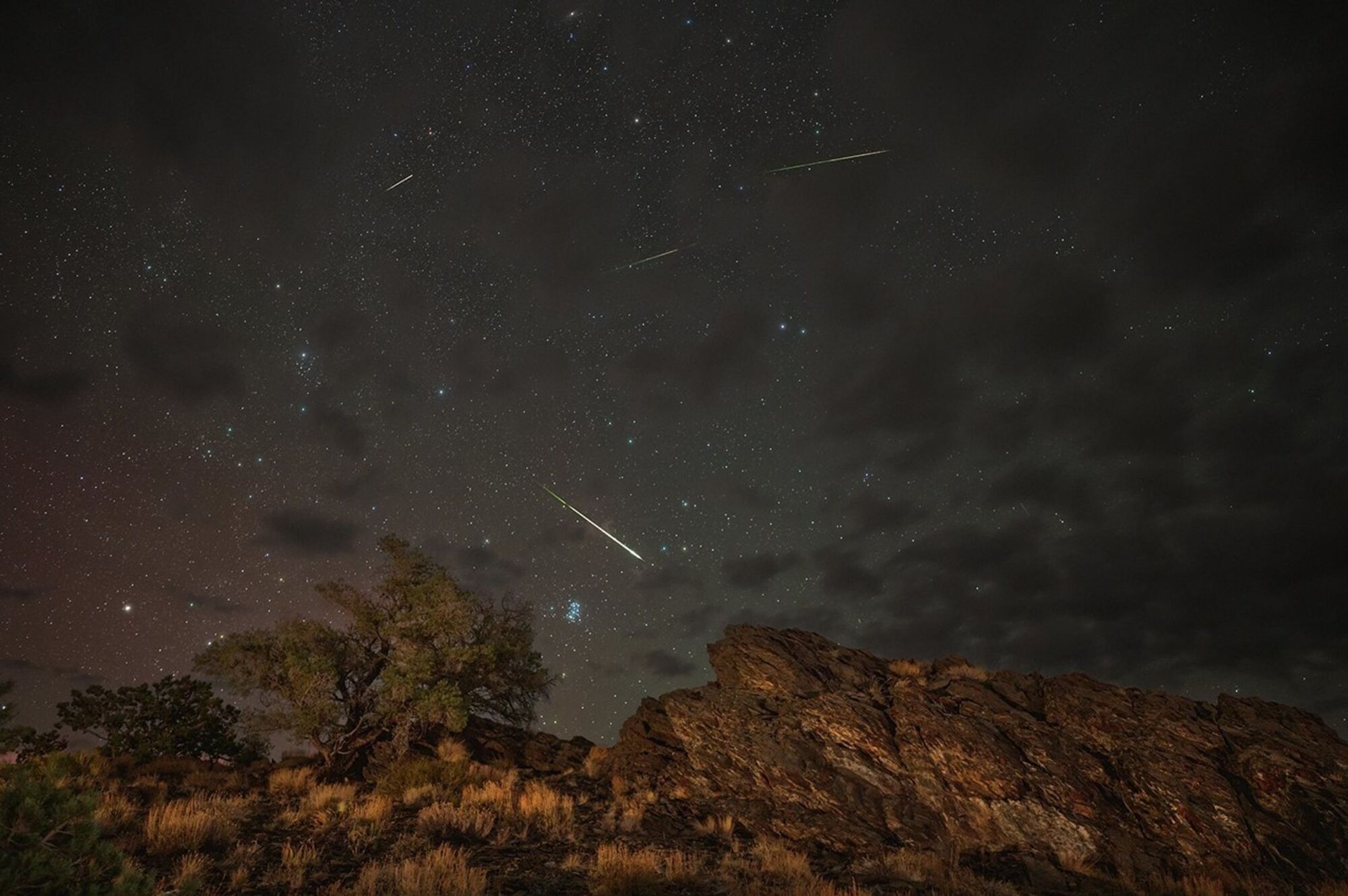
Credit: NASA / Preston Dyches
Peak of Delta Aquariids meteor shower: July 29-30
The Delta Aquariids are another shower best observed from the southern tropics. Conditions will be favorable for viewing meteors in the morning. Astronomers suspect the interacting debris causing the event came from the strange Comet Machholz. The event will be active from July 18 to Aug. 12.
Peak of Perseids meteor shower: Aug. 12-13
The popular Perseids, made up of remnants of comet 109P/Swift-Tuttle, is usually a spectacular show for the Northern Hemisphere. The meteor shower is active from July 17 to Aug. 23. But don't get your hopes up this year: Experts say the waning gibbous moon, more than 80 percent full, will allow only the brightest meteors to be seen.
Europe's Juice spacecraft flies by Venus: Aug. 31
The European Space Agency's so-called Juice mission is scheduled to fly by Venus on Aug. 31, though exact times and distances will be determined closer to the event. "Juice" is a wonky acronym for Jupiter Icy Moons Explorer.
The mission will study Jupiter's moons, including Europa, Callisto, and particularly Ganymede. These moons have intrigued scientists for years because they're thought to have liquid oceans trapped beneath icy shells. Before reaching Jupiter, the spacecraft will make flybys of Earth and Venus to get enough energy to slingshot to the outer solar system, reaching Jupiter in 2031.
Astrobotic attempts moon landing, again: fall
Astrobotic Technologies tried to become the first commercial company to land on the moon last year, but it lost its chance just a few hours into the flight because of a fuel leak. The company will try again this fall with its Griffin lander.
Originally, this mission was supposed to carry a NASA rover to drill for ice at the lunar south pole. But VIPER — short for Volatiles Investigating Polar Exploration Rover — was canceled due to cost overruns. Griffin will still launch without the rover as a flight demonstration of the lander and engines.
Peak of Orionid meteor shower: Oct. 22-23
The Orionids meteor shower marks the return of activity caused by Halley's Comet debris. In recent years, the displays have been pretty lackluster, but a waning crescent moon rising near dawn means moonlight won't obscure the shower in 2025. The celestial event will run from Oct. 2 to Nov. 12.
Peak of Southern Taurids meteor shower: Nov. 3-4
The Southern Taurids make up a complex meteor shower. Usually, the displays are weak, but Taurid meteors are more numerous sometimes. Known as a "swarm year," 2025's event could offer more fireballs as Earth plows through a group of pebble-sized fragments from the Comet Encke. But given the moon's phase, there's a good chance moonlight will interfere with viewing most Taurids. Activity will go from Oct. 13 to Nov. 27.

Credit: Sierra Space
Peak of the Leonids meteor shower: Nov. 16-17
The Leonids are some of the fastest-moving meteors, traveling up to 44 miles per second. The debris that causes the show comes from Comet Tempel-Tuttle, but the displays are usually pretty weak. The exceptions are years when the showers become so-called "meteor storms," but that won't likely happen again until perhaps 2035. The shower will be active from Nov. 3 to Dec. 2.
Peak of Geminids meteor shower: Dec. 12-13
Widely regarded as the best meteor shower of the year, the Geminids can be seen from most any part of the world, especially the Northern Hemisphere. The Geminids are denser meteors, allowing stargazers to see them as low as 29 miles above ground before the cosmic dust burns up. The shower will be active between Dec. 1 and 21.
This year the moon will have a waning crescent phase, which rises around 2 a.m. local time. Prior to that, views should be moon-free. You could glimpse bright meteors by facing a direction with the moon at your back, according to the American Meteor Society.
Peak of Ursids meteor shower: Dec. 21-22
The Ursid meteors are caused by debris from Tuttle's Comet, which orbits every 13 years. This shower, often overlooked because of its close timing to Christmas, can only be observed in the Northern Hemisphere. Because of a new moon at the shower's peak, moonlight won't interfere with the show. The event will be active from Dec. 16 to 26.
Other possible missions in 2025
-
Sierra Space has been working on a spacecraft with the nostalgia of NASA's space shuttle program. Dream Chaser, a cargo space plane capable of runway landings, is set to launch for the first time to the International Space Station for a resupply mission sometime this year.
-
Following Intuitive Machines' second mission in early 2025, the company will shoot for another later in 2025 or early in 2026. If successful, the lunar landing mission, IM-3 or PRISM, will deploy rovers and study a so-called "lunar swirl."
Tech
The Nutri Ninja Personal & Countertop Blender is $100 off at Amazon — piña colada anyone?

SAVE $100: The Nutri Ninja Personal & Countertop Blender is on sale at Amazon for $149.99, down from the normal price of $249.99. That's a 40% discount.
We never thought a blender would become a major character in one of this year's most anticipated shows, but add it to the list of things we didn't see coming in 2025. The White Lotus featured a blender in almost every episode of the third season, and if it's been making you consider that your home blender could use an upgrade, check out this deal at Amazon.
As of April 8, the Nutri Ninja Personal & Countertop Blender is on sale for $149.99, marked down from the normal price of $249.99. That's a savings of $100 thanks to the 40% discount.
Serving as a full-size countertop blender and a personal smoothie maker, the Nutri Ninja is a versatile appliance that deserved space in your kitchen. The large pitcher holds an impressive 72 ounces which is perfect for blending up a batch of piña colada for the whole family.
But this model also includes personal to-go cups that fit on the blender base, so you'll be able to make your own drink in a single cup without using the main pitcher. The to-go cups measure 18, 24, and 32 ounces, so you have some options for making your smoothie ready to head out the door.
The 1200W motor base comes with all the functions you're looking for in a blender. Frozen drinks/smoothies, puree, blend, and ultra blend are the pre-set blender functions, but you'll also get pulse, low, medium, and high buttons. Many of these functions come equipped with Ninja's Auto-iQ technology which takes over the timing guesswork, so you can walk away from the blender and it'll reach the desired texture and turn off all on its own.
The to-go cup, the large pitcher, and the included lids are all dishwasher-safe, so there's no need to spend time handwashing.
From protein shakes during the day to piña coladas by night, the Nutri Ninja Personal & Countertop Blender is there to provide. Today's discount that saves you $100, making it a more affordable option. Someone tell the Ratliff's about this sale.
Tech
Grab the new Blink Mini 2 security camera for under $20 — its lowest price ever
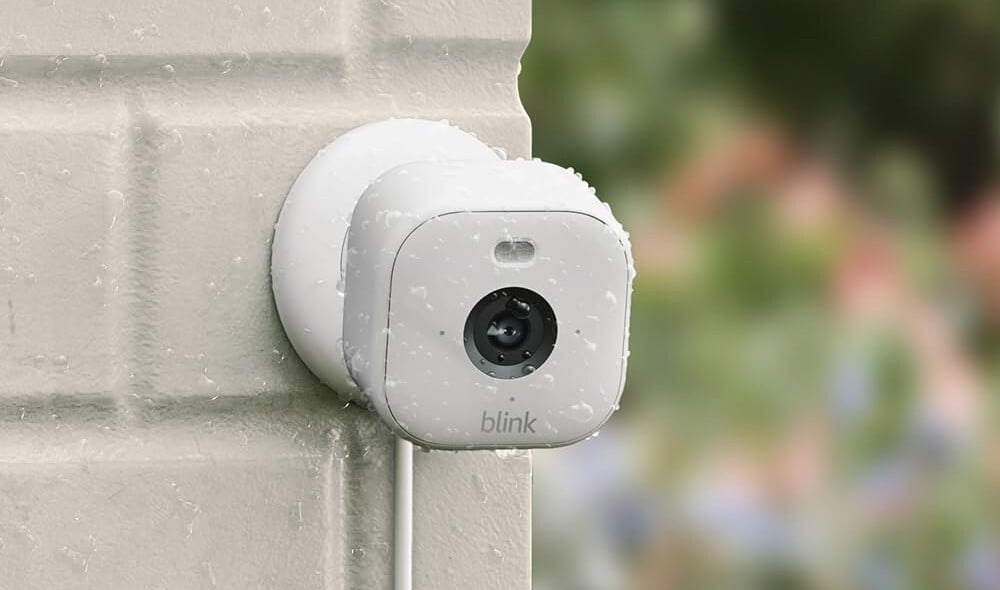
SAVE 50%: The Blink Mini 2 home security camera is just $19.99 at Amazon, down from the normal price of $39.99. That's a savings of $20 and a sale price that matches the lowest we've ever seen.
Now that the work-from-home era seems to be ending (sob), keeping an eye on your home while you're away feels more attractive than ever. Between wondering if the dog is eating the couch to hoping the delivered package isn't getting drenched in the rain, adding some security cameras to your home is wise. Even smarter is grabbing them with this deal at Amazon.
As of April 8, the new Blink Mini 2 home security camera is just $19.99 at Amazon, marked down from the normal price of $39.99. That's a 50% discount that shaves $20 off the list price. Today's sale price also matches the lowest we've ever spotted.
For under $20, the Blink Mini 2 packs in the features. For starters, it's designed to use indoors or outside. The materials are weatherproof, so there's no need for concern about a summer rain squall. But it's also great for adding inside to keep an eye on pets. You can also place it in the nursery to have immediate access to see if the baby is still napping.
The Blink Mini 2 comes with motion detection so you can get real-time notifications on your phone about what the camera is picking up. The 1080p resolution is nice, as is the night view in color. If you're using this model outside, the built-in spotlight is fantastic and there's two-way audio.
Set-up is simple, but keep in mind the Blink Mini 2 is wired, so you'll need to use it near a power source. If you're opting to place it outside, you'll want to grab the weather-resistant power adapter. The camera and outdoor-worthy plug are available as a bundle that's currently on sale for $29.98. Otherwise, the Blink Mini 2 deal comes with the camera, a mounting kit, stand, USB cable, and power adapter.
If you're ready to ramp up your home's security, it doesn't get much better than a camera for under $20. Since the Blink Mini 2 is 50% off, it's smart to jump on it sooner rather than later, since there's no telling when it'll go back to full price.
Tech
Bring home a new Samsung Galaxy Tab A9+ for 29% off
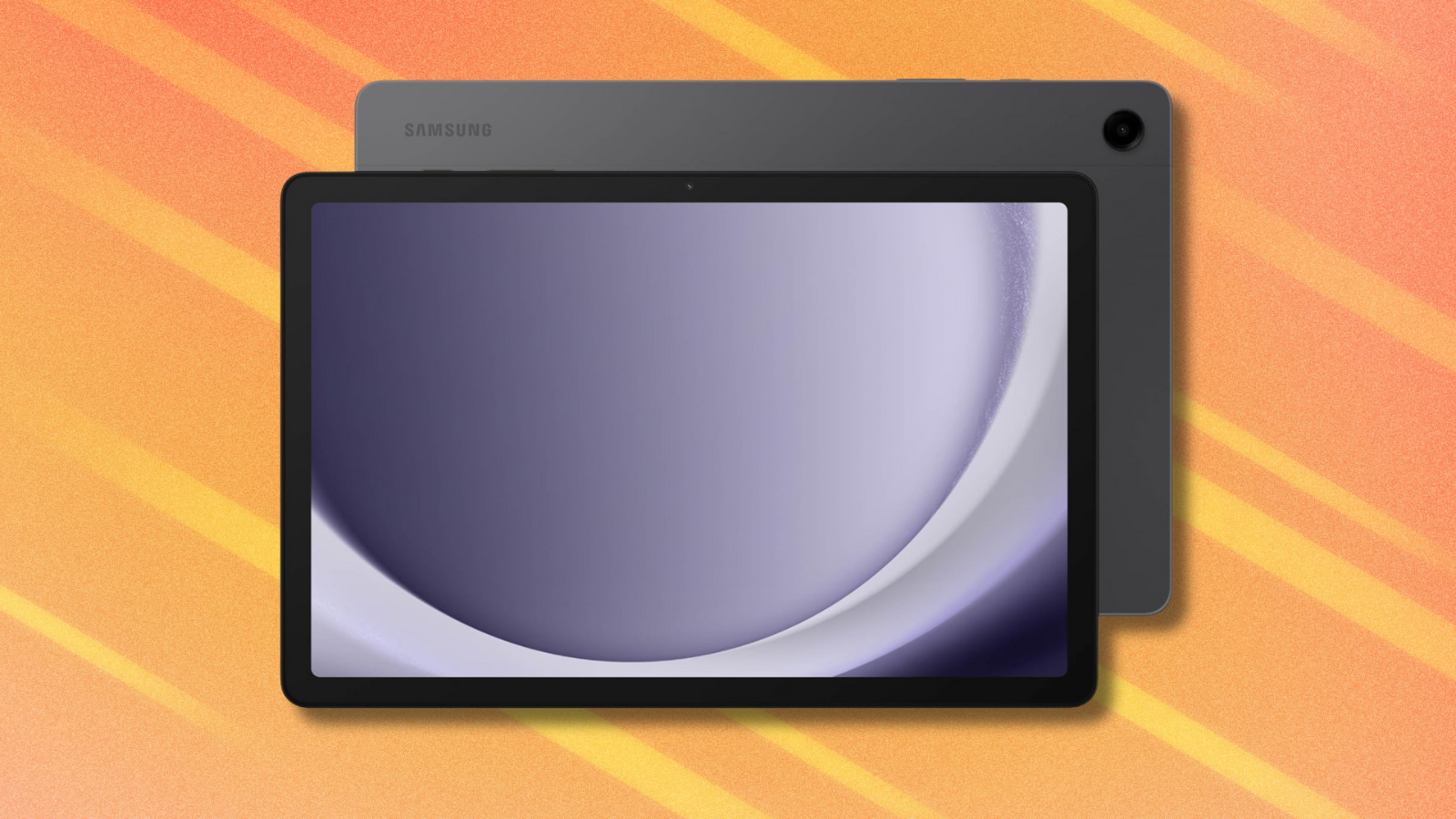
SAVE $62.80: As of April 8, get the Samsung Galaxy Tab A9+ for $157.19 at Amazon, down from its usual price of $219.99. That's a discount of 29%.
When you're shopping for a new tablet, you've got a wide variety of options to choose from. While you can't go wrong with an iPad, Samsung has a selection of reliable tablets to choose from as well. There are some mid-tier options that you can get for a great price that can help you get things done without breaking the bank as well, evidenced by this deal from Amazon today.
As of April 8, get the Samsung Galaxy Tab A9+ for $157.19 at Amazon, down from its usual price of $219.99. That's $62.80 off, or a discount of 29%.
This 11-inch tablet boasts a 1920 x 1200 screen with a 90Hz refresh rate, 480 nits of brightness, and quad speakers powered by Dolby Atmos. That means you get a crisp display with great sound, with 4GM of RAM, up to 1TB of expandable storage, and a Qualcomm Snapdragon 69 processor under the hood. All that adds up to a powerful, lightweight tablet that can do whatever you need for under $200.
Multitasking is made easy with the Galaxy Tab A9+'s snappy performance, so you can watch your favorite shows and movies and play all the games you want or get work done on the go without having to wait for your tablet to get with the program. It's also easy to send files to and from thanks to its Quick Share functionality.
If you're looking for a new tablet for yourself or even for a younger member of your family, this is a fantastic pick that likely won't last long at this price, so be sure to snap one up while you can.
-

 Tech2 months ago
Tech2 months agoAre You an RSSMasher?
-

 Politics2 months ago
Politics2 months agoDOGE-ing toward the best Department of Defense ever
-

 Politics2 months ago
Politics2 months agoToxic RINO Susan Collins Is a “NO” on Kash Patel, Trashes Him Ahead of Confirmation Vote
-
Tech1 month ago
iOS 18.4 developer beta released — heres what you can expect
-

 Tech2 months ago
Tech2 months agoEvery potential TikTok buyer we know about
-

 Politics2 months ago
Politics2 months agoAfter Targeting Chuck Schumer, Acting DC US Attorney Ed Martin Expands ‘Operation Whirlwind’ to Investigate Democrat Rep. Robert Garcia for Calling for “Actual Weapons” Against Elon Musk
-

 Politics2 months ago
Politics2 months agoVigilant Fox: Infamous Dr. Deborah Birx Makes Two Shocking COVID Admissions
-

 Tech2 months ago
Tech2 months agoWant one of our $230 MacBooks? They’re almost gone…





